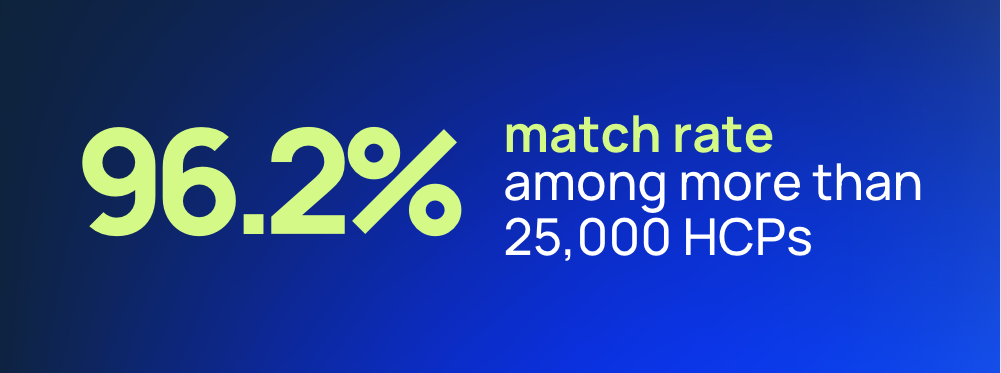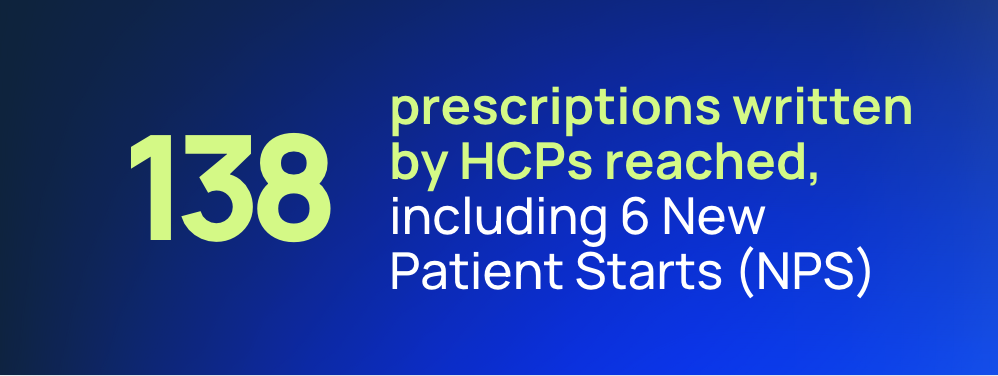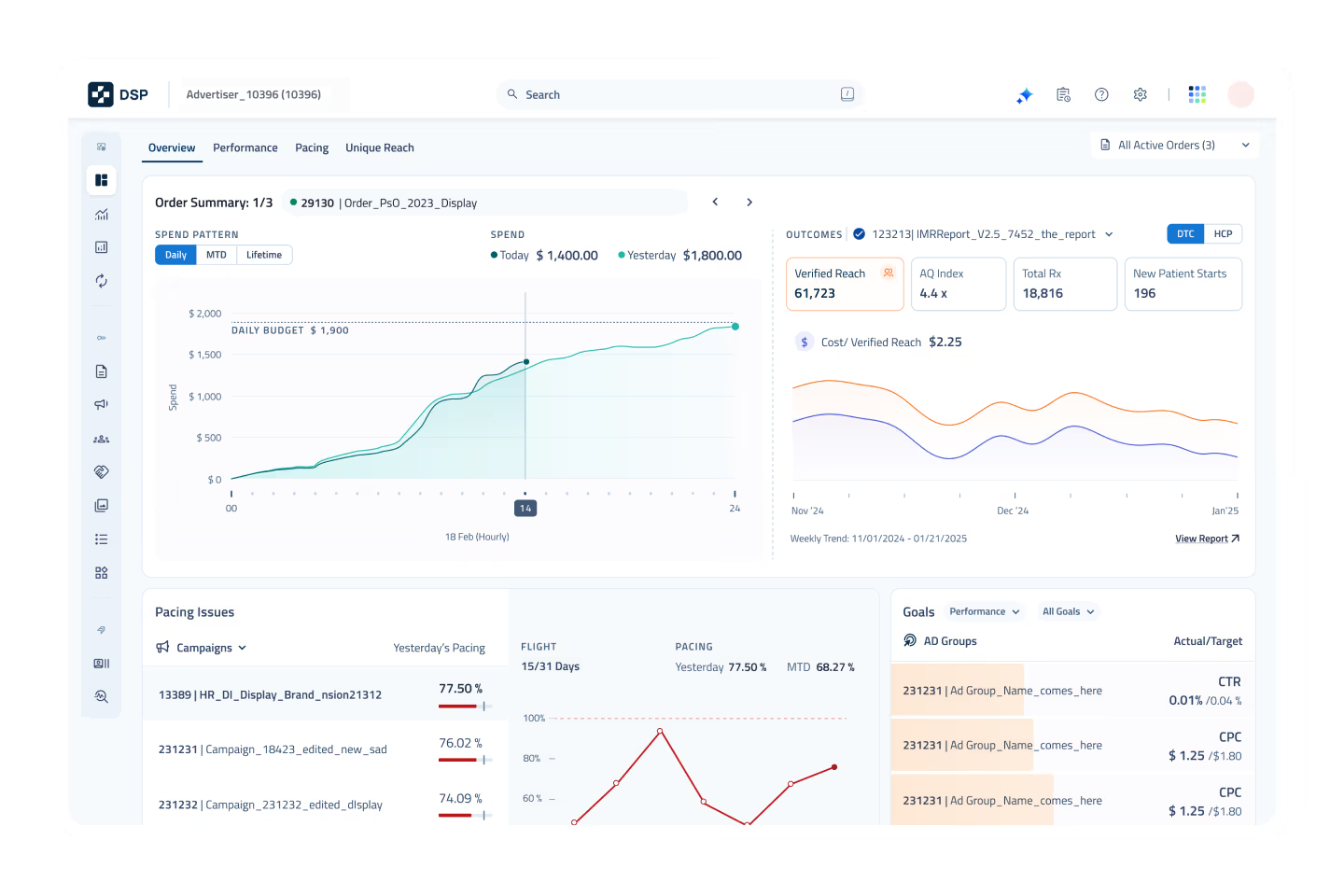Programmatic digital-out-of-home (DOOH) is proving to be a powerful channel for reaching healthcare providers (HCPs) with relevant, timely messaging. A recent campaign executed through the Place Exchange and DeepIntent partnership demonstrates how DOOH can extend qualified reach, connect with the right specialists, and drive measurable prescription behavior. On top of that, it now offers measurable outcomes not traditionally associated with out-of-home media.
The campaign for a lupus treatment leveraged the DeepIntent healthcare identity graph to match HCPs, yielding the following results:

This enabled reliable analysis of who was reached, where, and with what impact. Critically, 11% of the HCPs exposed actively treated patients with lupus, underscoring the campaign’s ability to connect with clinicians who manage relevant patient populations.
Though the reach was broad, it was concentrated in key markets, with the highest exposure in California and New York, which together accounted for nearly 70% of total reach. The top specialties reached were Family Medicine and Internal Medicine, which are both central to diagnosing and managing chronic autoimmune conditions like lupus. So, the campaign helped ensure message resonance with providers likely to treat or refer patients for advanced care.
The Results
What makes this case particularly compelling is its demonstration of the ability to tie DOOH exposure to healthcare outcomes with precision. Historically, out-of-home advertising has been difficult to measure beyond impressions. Through Place Exchange and DeepIntent’s integration, this campaign connected programmatic DOOH exposures to real-world clinical behavior, demonstrating not just reach but also verified prescription impact.
From January through early May, the DOOH campaign resulted in:

This data shows that, even within a relatively short activation window, DOOH impressions can influence provider choices regarding patient management and treatment adoption.
The results illustrate how programmatic DOOH can play a significant role in omnichannel health advertising strategies. By combining the scale and visibility of public environments with the precision of healthcare data and programmatic buying, advertisers can effectively reach the right providers in the right places—and prove the value of their investment.



